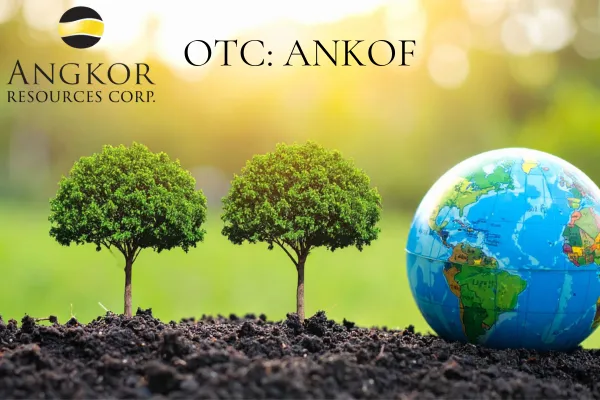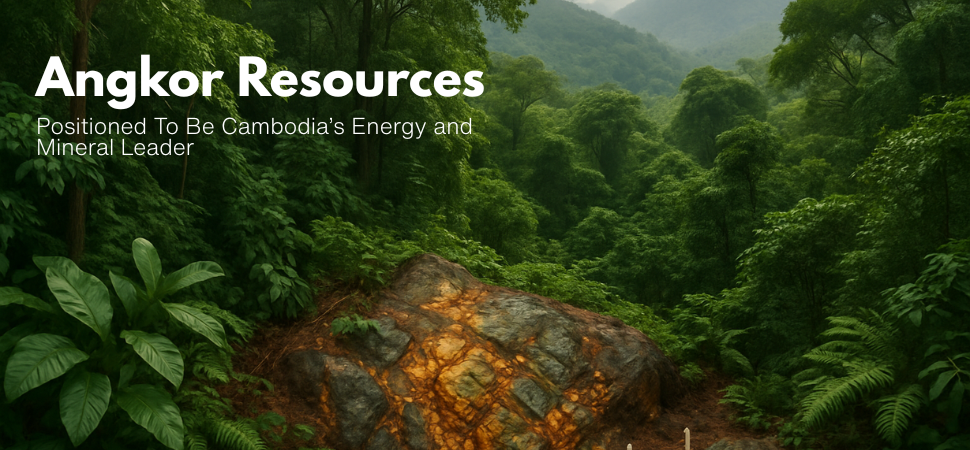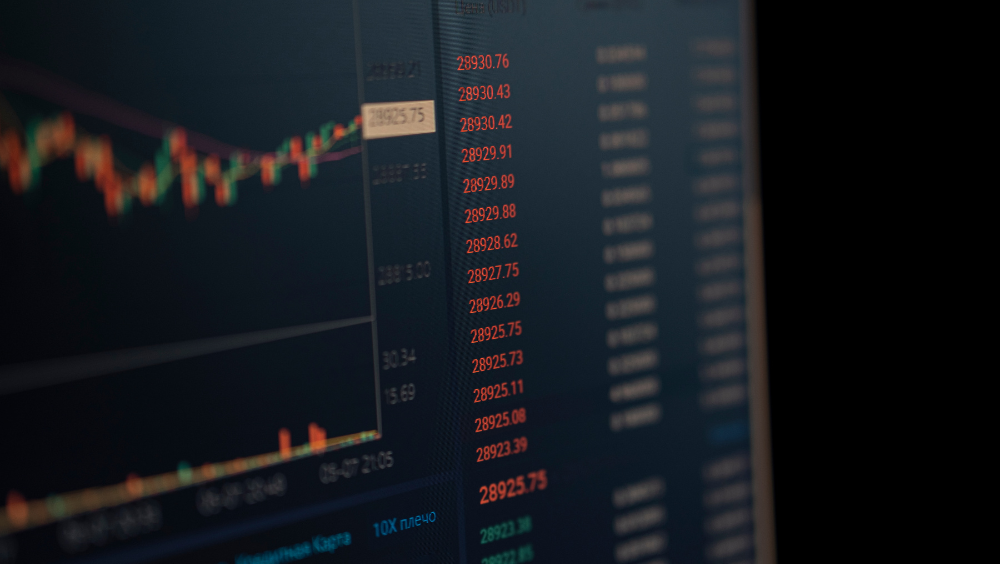Angkor Resources Completes First Onshore Seismic in Cambodia — Reveals 48 km² Structure That Could Rewrite the Import Bill

- PublishedOctober 7, 2025
As Cambodia spends $2 billion a year importing energy, new seismic data hint that the country may finally have domestic reserves.
October 2025 — The Vanderbilt Report
While Cambodia continues to spend roughly $2 billion annually importing LNG, LPG, gasoline, and diesel, one Canadian-listed company just mapped what may be the start of a national energy transformation.
Angkor Resources (TSX-V: ANK, OTC: ANKOF) has completed its 2-D seismic program across Block VIII, marking the first onshore seismic survey conducted in Cambodia since 2008 and 2013.
Preliminary interpretation from the South Bokor Basin revealed a substantial anticline structure spanning approximately 48 square kilometers—a size that immediately places the feature on the radar of early-stage basin watchers across Southeast Asia.
No onshore oil or gas wells have ever been drilled in Cambodia.
First-Mover Advantage Crystallizes
Angkor’s seismic completion is more than a technical milestone—it’s a strategic foothold in one of Asia’s last untapped onshore petroleum frontiers.
The company’s Block VIII license, originally 7,300 km², was voluntarily reduced to ~4,277 km² in March 2025 to remove national parks, protected areas, and sanctuaries—an ESG-aligned move taken before regulatory requirements demanded it.
What remains includes six sedimentary sub-basins of interest, four deeper in the central west and two shallower in the east.
A July 2025 scouting mission to the Mussel Basin identified multiple surface oil seeps, confirming an active petroleum system and further validating the exploration model.
Regional Context
Across Southeast Asia, Cambodia’s petroleum sector stands at the earliest stage of development. Indonesia and Malaysia remain the region’s mature producers, while Thailand and Vietnam host more advanced exploration.
The oil seeps on Block VIII resemble those that preceded onshore discoveries in Thailand’s Phitsanulok Basin, home to the Sirikit Field—an 800 million-barrel onshore giant discovered in 1981.
For investors, that geological analog provides a reference point for the scale of upside possible when frontier data turns into drillable targets.
What Comes Next
Angkor’s seismic interpretation and processing will continue through Q4 2025. The company expects to disclose a ranked prospect inventory and accompanying maps upon completion, outlining the number and quality of potential drilling targets.
Under Cambodia’s 30-year Production Sharing Contract framework, the state receives a 12.5 percent royalty and a 30 percent corporate profit tax—providing long-term fiscal stability for investors and joint-venture partners alike.
With the initial South Bokor anticline already identified, the next milestones include prospect ranking, farm-in discussions, and eventual drill-site selection.
Catalyst Summary
- 2-D Seismic Program Complete – first onshore program in 12 years
- 48 km² Anticline Identified – confirmed structural closure
- Mussel Basin Added – surface seeps observed July 2025
- Prospect Inventory Release Pending – expected late 2025
- Potential Farm-In Discussions – post-interpretation phase
The Takeaway
Cambodia’s $2 billion energy import bill represents both a national challenge and an investment catalyst.
Angkor Resources has now moved from speculation to data—marking the first credible step toward domestic hydrocarbon discovery.
For investors tracking early-stage frontier energy plays, Block VIII has shifted from concept to coordinates.
About The Vanderbilt Report
The Vanderbilt Report delivers trusted market intelligence, founder insights, and institutional-grade analysis designed for today’s dynamic investment landscape. By combining traditional reporting with real-time data and narrative-driven coverage, we provide clarity and credibility for investors, funds, and public companies navigating the modern markets.







